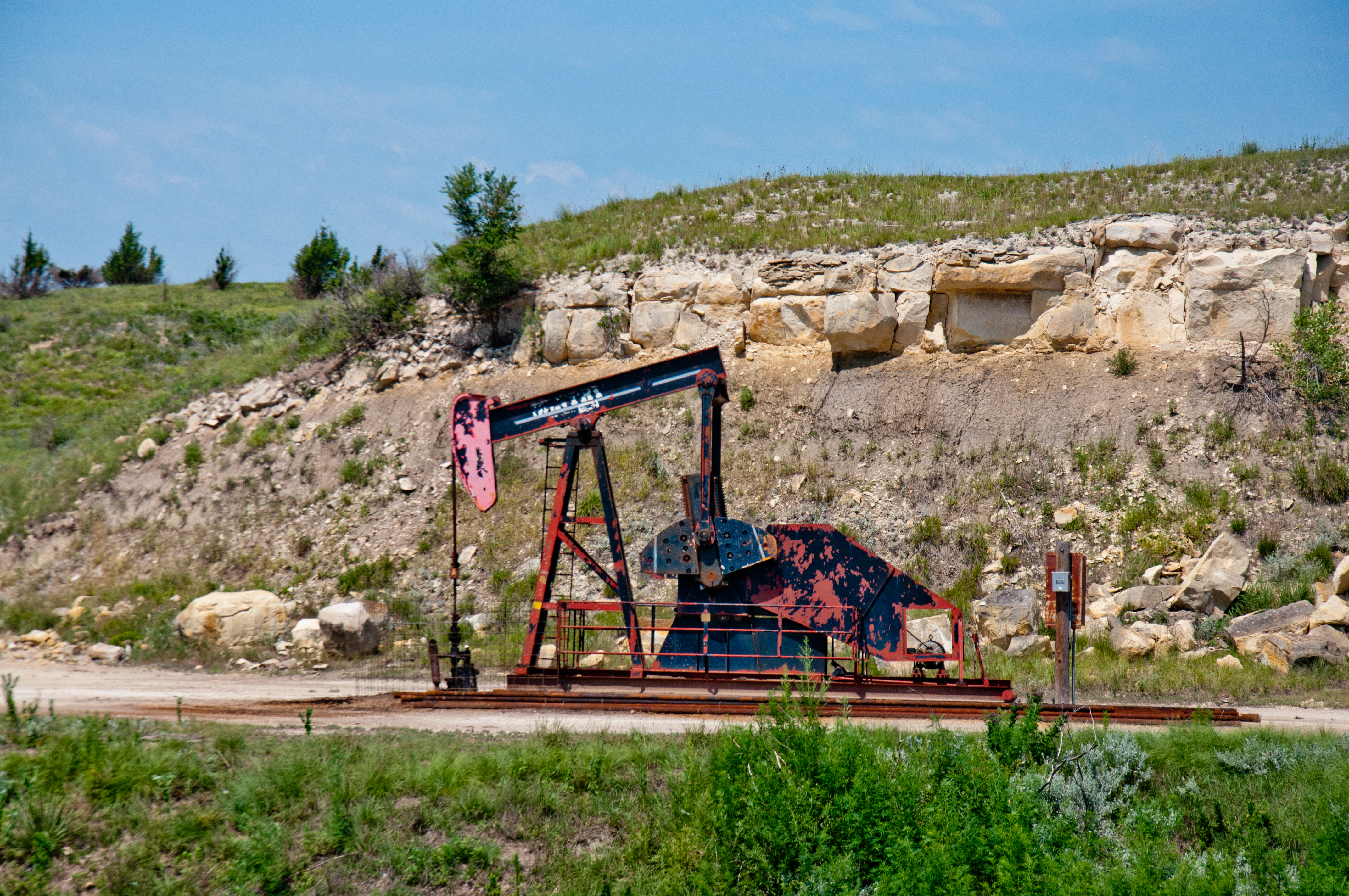By JOHN P. TRETBAR
Monday’s cash price for light sweet crude on the Nymex was $56.85/barrel. By midday Tuesday the near-month futures contract was up 28 cents to $57.15. London Brent was up 36 cents a barrel to $64.07. Monday’s price for Kansas Common crude at CHS in McPherson was $47 a barrel.
Independent Oil & Gas Service reports 17 newly-completed wells for the week, 823 so far this year. Operators filed 32 permits for drilling at new locations. That’s 550 so far this year. There is one new permit in Barton County, two in Ellis County and one in Stafford County.
Independent Oil & Gas Service reported ten active drilling rigs in eastern Kansas, up two from last week, and 26 in Western Kansas, up one. Operators are drilling on one lease in Ellis County and preparing to spud a well on another. Drilling also was underway at one site in Barton County. Baker Hughes reported 946 active rigs nationwide, down three oil rigs and down five seeking natural gas. North Dakota’s count was down eight rigs from the week before. Louisiana was down four and Oklahoman was down two.
The government reported a decline in U.S. crude oil inventories. In its weekly report, the Energy Information Administration said current stockpiles total 445 million barrels, down 10.8 million barrels from the week before. U.S. crude oil production slowed down last week. The government reported total crude production of 11.259 million barrels per day for the week ending July 19. That’s down nearly 700-thousand barrels from the week before. Imports averaged seven million barrels per day, an increase of nearly 200,000 barrels per day.
As much as $9 billion will be needed over the next decade just to throw away dirty water in the world’s busiest shale field. That’s according to analysis by research firm Raymond James & Associates as reported by Bloomberg. As the Permian Basin in Texas and New Mexico shifts further into what analyst Marshall Adkins calls “manufacturing mode,” water produ tion growth will create the need for nearly 1,000 additional salt water disposal wells by the year 2030.
Health officials in Colorado are proposing new regulations on the oil and gas industry to reduce air pollution. In an effort to comply with federal ozone limits, regulators on Monday proposed mandatory inspections twice a year to find and repair leaks, eliminating some permit exemptions, and requiring comprehensive annual self-reporting on pollution levels.
The U.S. continues to ship more oil by rail than in years past, but the increases are slowing. According to the Association of American Railroads, 12,121 tanker cars shipped petroleum and petroleum products during the week ending July 20, an increase of more than nine percent over the same week a year ago. The cumulative total so far this year is 22% higher than the same figure a year ago. Canada’s oil-by-rail traffic last week increased more than 35% compared to a year earlier.
Reuters and other international news agencies have been following a controversy involving contaminated Russian oil. The Russian plunged into crisis in April when buyers discovered some of Russia’s crude shipments were contaminated with organic chloride, a chemical used in oil recovery but which can damage refining equipment. Since then, several tankers loaded with the tainted crude have struggled to sell their cargoes. In the latest turn, French oil company Total reportedly sold a cargo of contaminated Russian oil to a firm in Poland for its refinery in Lithuania. The Polish firm is diluting the contaminated product with clean oil so it can be processed.
ExxonMobil and its partners expect production to reach 750,000 barrels per day over the next 5 years in the most prolific offshore discovery in recent years. The first oil is expected soon from the Stabroek block off the coast of Guyana. Forbes magazine reports funding is pouring into the country, making Guyana the fastest-growing economy in the Caribbean. Energy analyst group Rystad Energy found that Guyana leads the world in offshore crude oil discoveries since 2015.
Lloyd’s of London reports some huge spikes in war-risk insurance premiums for ships sailing through the Persian Gulf. Market sources tell Lloyd’s List those premiums jumped an additional $500,000 in one case.
Saudi Aramco expects to complete the expansion of an oil pipeline across that country by September, as the kingdom tries to bypass the Strait of Hormuz. The long-planned expansion will give Saudi Arabia the option to ship more oil from the Red Sea rather than the Persian Gulf. The Web site “World Oil” reports the state-owned oil company will finish the project by September, increasing the line’s capacity from five to seven million barrels per day.
The U.S. Department of Energy’s Office of Fossil Energy announced five projects selected to receive a total of nearly $40 million in matching federal funding for research and development of advanced technologies for Enhanced Oil Recovery, or EOR. The projects are hosted in North Dakota, Texas, Wyoming and Michigan. The government hopes to reduce technical risks and expand methods for onshore enhancements in both conventional and unconventional reservoirs.


